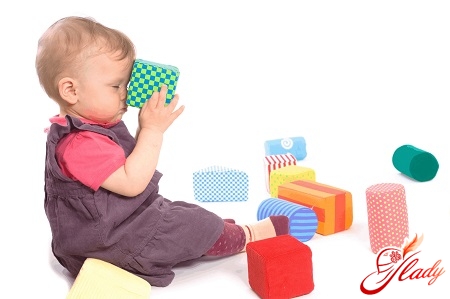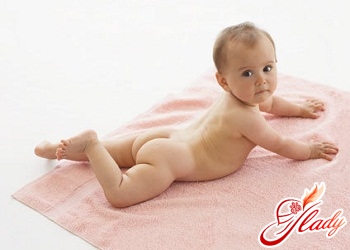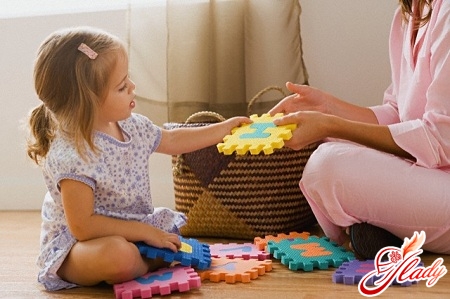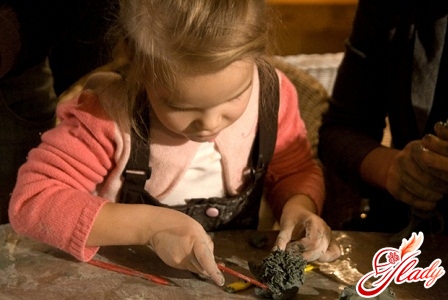 Modeling from plasticine for your little one is alreadystage passed? Does the child have sufficient confidence in basic modeling skills? If the child likes to create various things from plasticine, he will certainly enjoy such an activity as modeling from clay. Such an activity does not require large material costs, and the pleasure will bring the child incomparable. And crafts from clay can be preserved for many years.
Modeling from plasticine for your little one is alreadystage passed? Does the child have sufficient confidence in basic modeling skills? If the child likes to create various things from plasticine, he will certainly enjoy such an activity as modeling from clay. Such an activity does not require large material costs, and the pleasure will bring the child incomparable. And crafts from clay can be preserved for many years.
Where to get clay for modeling?
If you and your child decide to try clay modeling, you will, of course, face the question of where to get clay. In principle, there are several options:
- Buy in store
In principle, clay is sold nowadaysin almost any office supply department, or in a children's toy store. You can buy regular gray clay quite inexpensively - its cost fluctuates around one hundred rubles. Such clay has a soft, smooth consistency. Clay is sold in small packages, already completely ready for modeling. Modeling from polymer clay is most suitable for those children who have not experimented with modeling from clay before.
- Blue clay
In the event that clay modeling is not for a childnew, and the child sculpts quite a lot, the most reasonable thing for you would be to buy soluble blue clay. It is sold packaged, in bags of 3 and 10 kilograms. Blue clay for modeling is quite plastic, so the child will be comfortable working with it. However, there are several disadvantages. Firstly, blue clay contains a fairly large number of foreign impurities, such as small stones and sand. Therefore, it must be pre-sifted. And not every child can dissolve blue clay with water on their own - they will need the help of an adult.
- Natural clay
And another option is to look for clay yourselfnatural conditions. As a rule, clay can be found on the river bank. However, keep in mind that not all clay is suitable for modeling. There should be no cracks left on the clay product. Therefore, try to roll out a piece of clay in your palms first and see if it is flexible enough. For children, such clay should be avoided. Polymer clay modeling is more optimal for them. In addition, natural clay must be thoroughly cleaned of foreign impurities. To do this, dissolve the clay in water so that a uniform mass is obtained. Let it stand for about an hour, then, without shaking, pour it into another container. All the pebbles will remain at the bottom, and you will get clean clay suitable for modeling. Dry it in the sun and you can start creating.
Types of molding from clay
Depending on the age of your child, you canchoose several sculpting options. For example, you can create figures from a single piece of clay. To do this, use your fingers to form the necessary shape. And the child can create a figure from the base using simple squeezing and pinching techniques. If the child knows how to use stacks - special sticks for shaping plasticine, he can use them. However, note that in this case, the clay should be quite dense, even slightly hardened. Only in this case will the child be able to comfortably sculpt from it. Another great way to sculpt can be plaster molds. You need to pour a clay solution into the molds and leave to harden. To prepare a clay solution, mix water and clay until it is creamy. If the child is old enough, you can try to create more serious things than clay bunnies. For example, you can try to sculpt a vase. For this, you will need plastic clay and plastic wrap. Wrap any vase in plastic wrap, then apply clay on top. After that, leave the clay to dry slightly and very carefully remove the film from the vase. After the clay has completely dried, you will have a real vase. Another rather interesting type of clay modeling, which all children without exception adore, is relief modeling. With relief modeling, all sorts of small details are applied to an even layer of clay - flowers or petals, for example.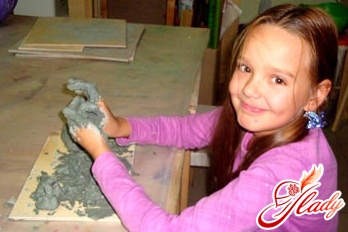
Little secrets of molding from clay
In order for clay modeling to bring joy to a childpleasure, it is necessary to know some features - after all, no matter how you look at it, but plasticine in its plasticity still differs from clay. Clay is much stronger than plasticine, but at the same time requires much more accuracy. For successful modeling, remember a few fairly simple rules:
- Clay, designed for modeling, should alwaysbe raw. Therefore, every time after molding from clay is finished, it is necessary to close the remaining mass tightly with a damp cloth to prevent drying out.
- In the process of molding, clay inevitably appears. The child must necessarily smooth them with the help of liquid clay or water, otherwise the finished product will look untidy.
- You need to start making larger parts. And then you need to attach smaller ones to them. If the child is still too small, help him - clay modeling is quite difficult.
Processing of clay crafts
And now the clay craft is ready.How to preserve it for many years? First, any craft must first be dried. To do this, place it in a transparent plastic bag and leave it for at least three days. To determine whether the product is dry, look at it carefully - dried clay is much lighter and brighter than raw clay. In addition, after a couple of days, the clay craft can be additionally dried in the microwave. To do this, place the clay product in the microwave for two to three minutes. You can also use the oven - preheat it to 300 degrees, place the dried figurine there and leave for about 20 minutes. Please note - under no circumstances place a freshly made and completely raw product in the oven - you risk hopelessly ruining it. After the product is completely dry, you can start painting it. It is best to use gouache for painting clay. Gouache fits perfectly on a clay surface, gives very bright, saturated colors. And most importantly, gouache is completely harmless to a child. If the craft was created by an adult child, you can cover it with a layer of white enamel before painting - it dries very quickly and creates an ideal base for paint. However, if the craft was created by a baby, you should not use enamel so that the baby does not inhale its fumes. After painting is complete and the product has dried, apply an even layer of ordinary PVA glue to it. It will give the product not only strength, but also an amazing shine. However, make sure that the glue is applied only to dried paint, otherwise the drawing may turn out blurry. Clay modeling is a wonderful way to spend time with a child, not only interestingly, but also with significant benefits for his development! We recommend reading:




